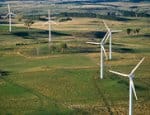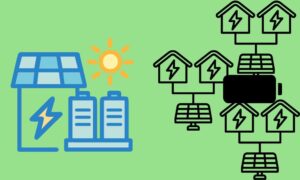The long-term viability of wind energy generation in Australia has become more certain, with new data from the CSIRO showing an increase in atmospheric wind speeds over the past 20 years – a finding that bucks other studies on international weather patterns.
According to the CSIRO, recent studies have shown near-surface wind speeds decreasing in several parts of the world, including Australia, leading to an overall conclusion that long-term wind speeds across the globes were on the decline.
But with wind power tipped to become a major part of the country’s energy mix in coming years as polluting sources of electricity becoming increasingly unsustainable in a carbon-constrained world, scientists at CSIRO Marine and Atmospheric Research decided to collect accurate estimates of the long-term trends wind speed in Australia – an essential requirement for planning and financing the wind energy sector.
What the CSIRO researchers found was over the period of 1989-2006, while wind speeds measured at a height of two metres above the ground declined by 0.36 percent per year, speeds measured above 10 metres actually increased by 0.69 percent per year in the same period. With wind turbines usually sitting much higher than 10 metres above the ground, the future looks bright and breezy for the sector.
The new data will provide future stakeholders with good picture of wind energy availability across Australia, according to the CSIRO’s Dr Alberto Troccoli; lead author of a paper on the findings published in the Journal of Climate. “And with the growth of wind farms, there is an emerging need to understand how climate change can affect the wind resource.”
“Wind power production is expected to increase greatly over the coming years and the associated electricity system will be subject to variations of several hundred megawatts – depending on wind availability,” stated Dr. Troccoli.
Source/image source














































